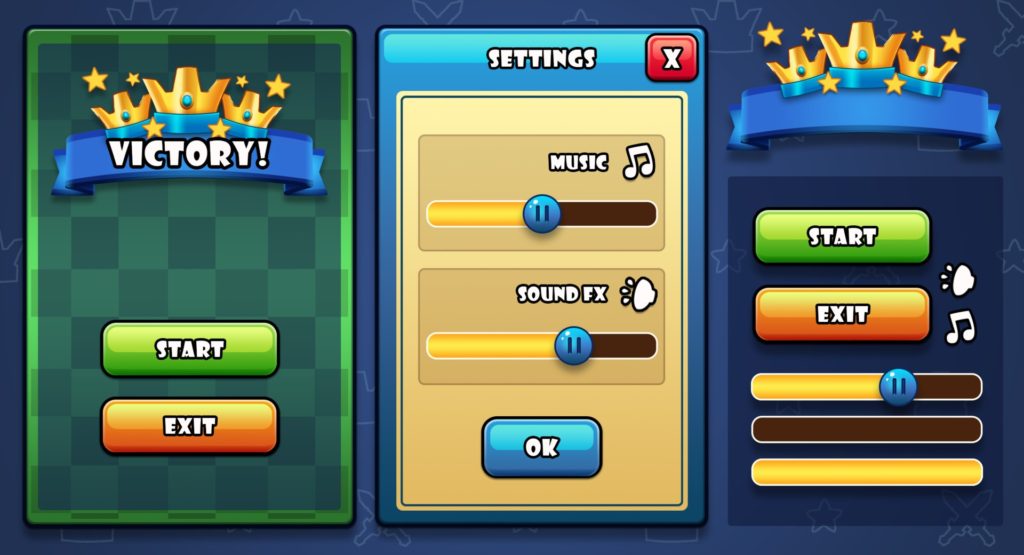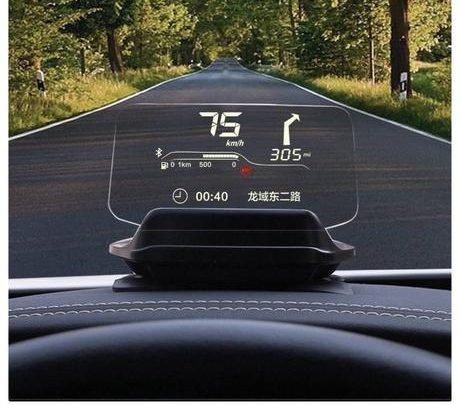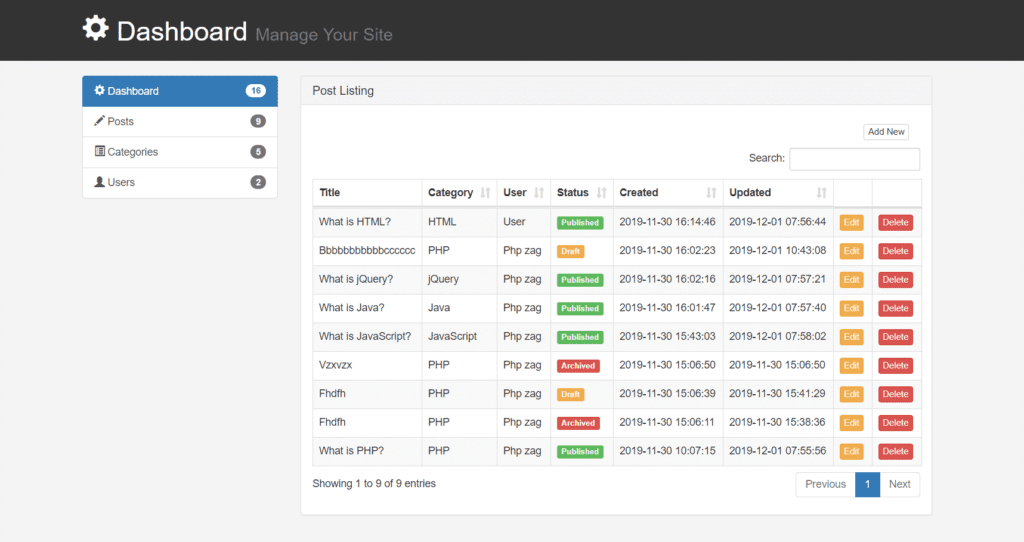User Interface (UI)
Elements on screen that are not part of the game world, but serve to navigate or modify the game. A player can interact with the UI. Examples: a menu screen, an ‘OK’ button, an input field.

Heads-Up Display
Elements on the screen that are not part of the game world, but serve to inform the player during gameplay. A player can usually not interact with it. Examples: player score, lives, lap time.
Heads-up displays are around since WWII, where reflector sights added crosshairs or other information to aircraft and weapon scopes.

Content Management System (CMS)
A backend system where you can upload or modify content for the game, or set certain variables for the game.

Game Engine
Of course, you can create a game from scratch. But nowadays, games got so complex that it’s much more efficient to have an existing framework in place.
A game engine let developers use existing physics systems. It manages game assets and scripts. It also offers libraries and plugins for specific functionalities.
Major game engines are Unity and Unreal. It is said that the former allows for faster prototyping and the latter focuses on gorgeous environments and visual effects. In reality, both could be seen as a Swiss army knife of game development.
Back to Overview
